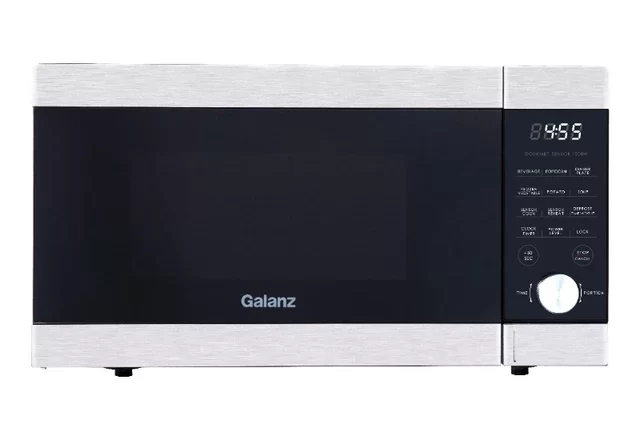Introduction:
Unveiling the Potential Health Risks of Microwave Popcorn
Microwave popcorn has become a popular snack for its convenience and delicious taste. However, beneath its enticing appeal lies a potential health risk. In this comprehensive guide, we will explore the reasons why microwave popcorn may be bad for you. From chemical additives to packaging concerns, we will delve into the potential health risks associated with this seemingly harmless snack.
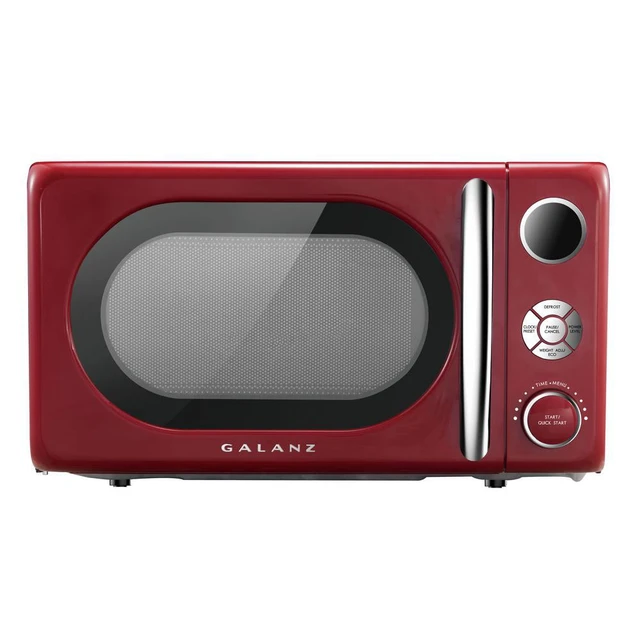
Why is Microwave Popcorn Bad for You? Understanding the Potential Health Risks
-
Hidden Dangers of Artificial Flavorings and Additives
a. Trans fats: Many microwave popcorn brands contain partially hydrogenated oils, which are a source of trans fats. Consuming trans fats has been linked to an increased risk of heart disease, obesity, and diabetes.
b. Artificial flavorings and colorings: Microwave popcorn often contains artificial flavorings and colorings that can pose health risks. Some artificial flavors, such as diacetyl, have been associated with lung damage when inhaled in large amounts.
c. Sodium content: Microwave popcorn can be high in sodium, contributing to excessive salt intake. This can lead to increased blood pressure, water retention, and other health issues.
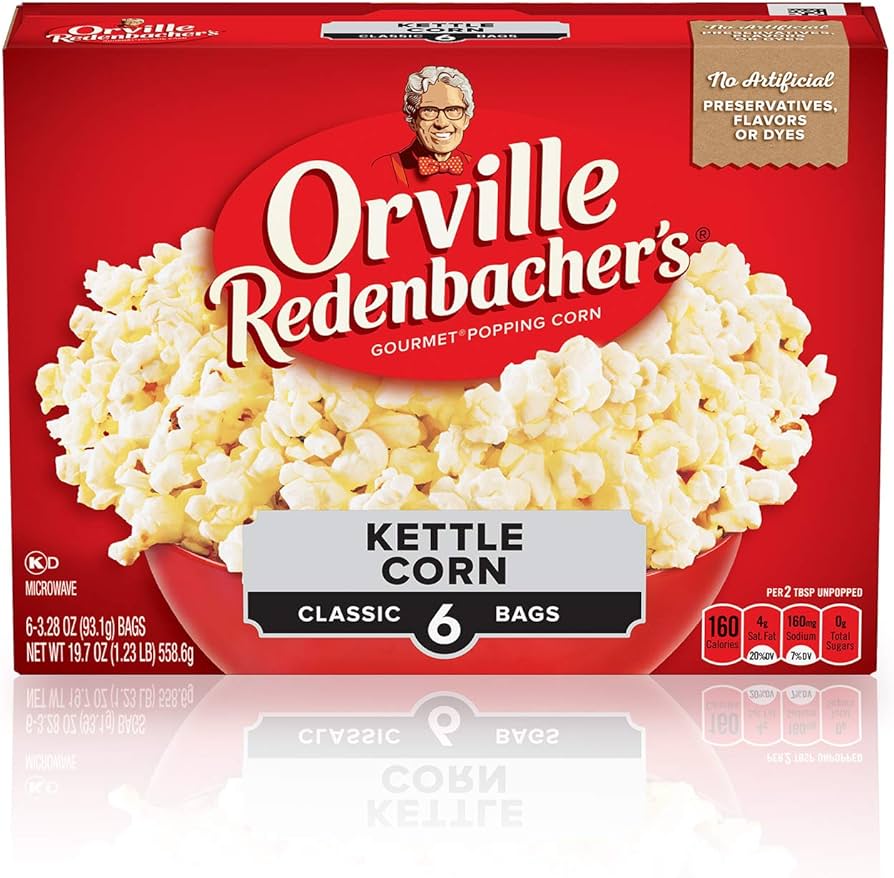
-
Microwave Popcorn Bags and Chemical Concerns
a. Perfluorinated compounds (PFCs): The bags used for microwave popcorn are often coated with chemicals like perfluorinated compounds (PFCs) to prevent oil and grease from soaking through. PFCs have been linked to various health concerns, including hormone disruption, immune system disruption, and even cancer.
b. Microwave-safe concerns: The chemicals used to treat the bags may not be safe to heat in a microwave. High temperatures can cause these chemicals to leach into the popcorn, contaminating it and potentially posing health risks.
-
Potential Lung Health Risks from Popcorn Lung
a. Diacetyl exposure: Diacetyl, a chemical compound used in the butter flavoring of microwave popcorn, has been linked to a condition known as “popcorn lung” or bronchiolitis obliterans. Prolonged inhalation of diacetyl fumes, such as those released when microwave popcorn is heated, can cause irreversible lung damage.
b. Respiratory symptoms: Symptoms of popcorn lung include coughing, wheezing, shortness of breath, and overall decreased lung function. Although rare, cases of popcorn lung have been reported among workers in popcorn factories.
-
Microwave Popcorn and GMO Concerns
a. Genetically modified organisms (GMOs): Many microwave popcorn brands use genetically modified corn kernels. GMOs have been subject to debate regarding their potential health and environmental impacts, although scientific consensus has not identified definitive harm to human health.
b. Pesticide exposure: Genetically modified crops are often grown with the use of pesticides. Consuming foods made from GMO ingredients may expose individuals to these chemical residues.
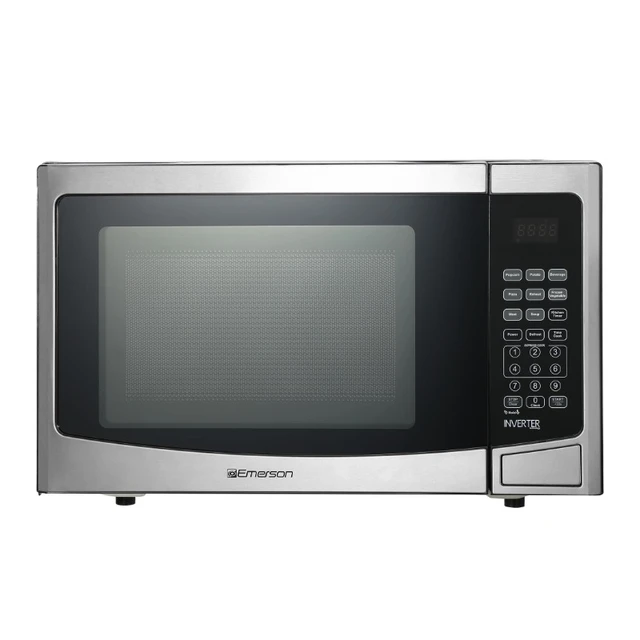
-
Alternatives to Microwave Popcorn
a. Air-popped popcorn: Consider making your own popcorn using an air popper. Air-popped popcorn does not involve the use of oils, additives, or potentially harmful chemicals.
b. Stovetop popping: Another alternative is stovetop popping, which allows for control over the ingredients used and reduces exposure to potentially harmful additives or chemicals.
c. Organic and natural options: Look for microwave popcorn brands that prioritize organic, natural ingredients and avoid the use of additives or artificial flavorings.
-
Tips for Safer Microwave Popcorn Consumption
a. Ventilation: When microwaving popcorn, ensure proper ventilation in the kitchen or workspace. Open windows or turn on exhaust fans to help dissipate any fumes that may be released during the cooking process.
b. Follow instructions: Carefully read and follow the instructions on the popcorn packaging. Overheating popcorn can increase the risk of releasing harmful chemicals or causing burns.
c. Allow cooling time: After microwaving, allow the bag of popcorn to cool before opening it fully. This helps to minimize the direct exposure to any potentially harmful fumes or steam.
-
Moderation and Balanced Diet
a. Moderation is key: Like any snack, it is essential to consume microwave popcorn in moderation. Balancing your overall diet and incorporating a variety of nutrient-rich foods can help mitigate any potential health risks associated with occasional popcorn consumption.
b. Nutritional alternatives: If you are concerned about the health risks associated with microwave popcorn, explore other snack options that offer nutritional benefits. Options such as nuts, seeds, fruits, or whole-grain snacks can provide a satisfying alternative.
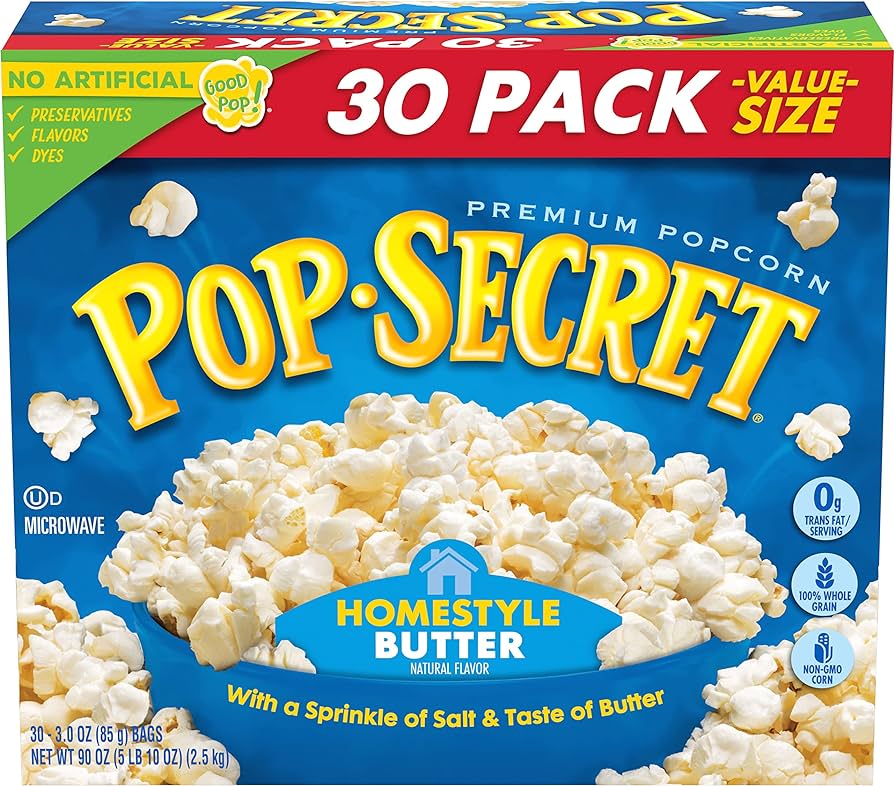
-
Individual Sensitivities and Allergies
a. Allergic reactions: Some individuals may experience allergic reactions to certain ingredients in microwave popcorn, such as dairy, gluten, or soy. If you have known allergies or sensitivities, carefully read the product labels to ensure the snack is safe for your consumption.
b. Personal sensitivities: It is important to pay attention to any personal sensitivities or reactions you may have to microwave popcorn. If you notice any adverse effects, such as digestive issues or respiratory discomfort, consider avoiding or minimizing your consumption of this snack.
Minimizing Health Risks: Recommendations for Safer Consumption
a. Moderation: Like with any snack, moderation is key. Instead of making microwave popcorn a daily indulgence, enjoy it occasionally or as a treat. This reduces the overall exposure to potential health risks.
b. Ventilation: When preparing microwave popcorn, ensure that the area is well-ventilated. Opening windows or turning on an exhaust fan can help dissipate any fumes released during the cooking process.
c. Read labels: Take the time to read the ingredient list and nutrition facts of microwave popcorn brands. Look for options with natural ingredients and minimal additives or artificial flavors.
d. Choose microwave-safe alternatives: If you still prefer the convenience of microwave popcorn, opt for brands that use safer packaging materials labeled as microwave-safe. Look for products that explicitly state they are free from PFCs or other potentially harmful chemicals.
e. Homemade alternatives: Consider making your own homemade microwave popcorn by using plain popcorn kernels and flavoring them with spices or natural ingredients of your choice. This allows for full control over the ingredients and minimizes exposure to additives or artificial flavors.
f. Opt for organic and non-GMO: When purchasing pre-packaged microwave popcorn, choose organic and non-GMO options when available. This reduces the potential exposure to genetically modified organisms and the pesticides used in their cultivation.
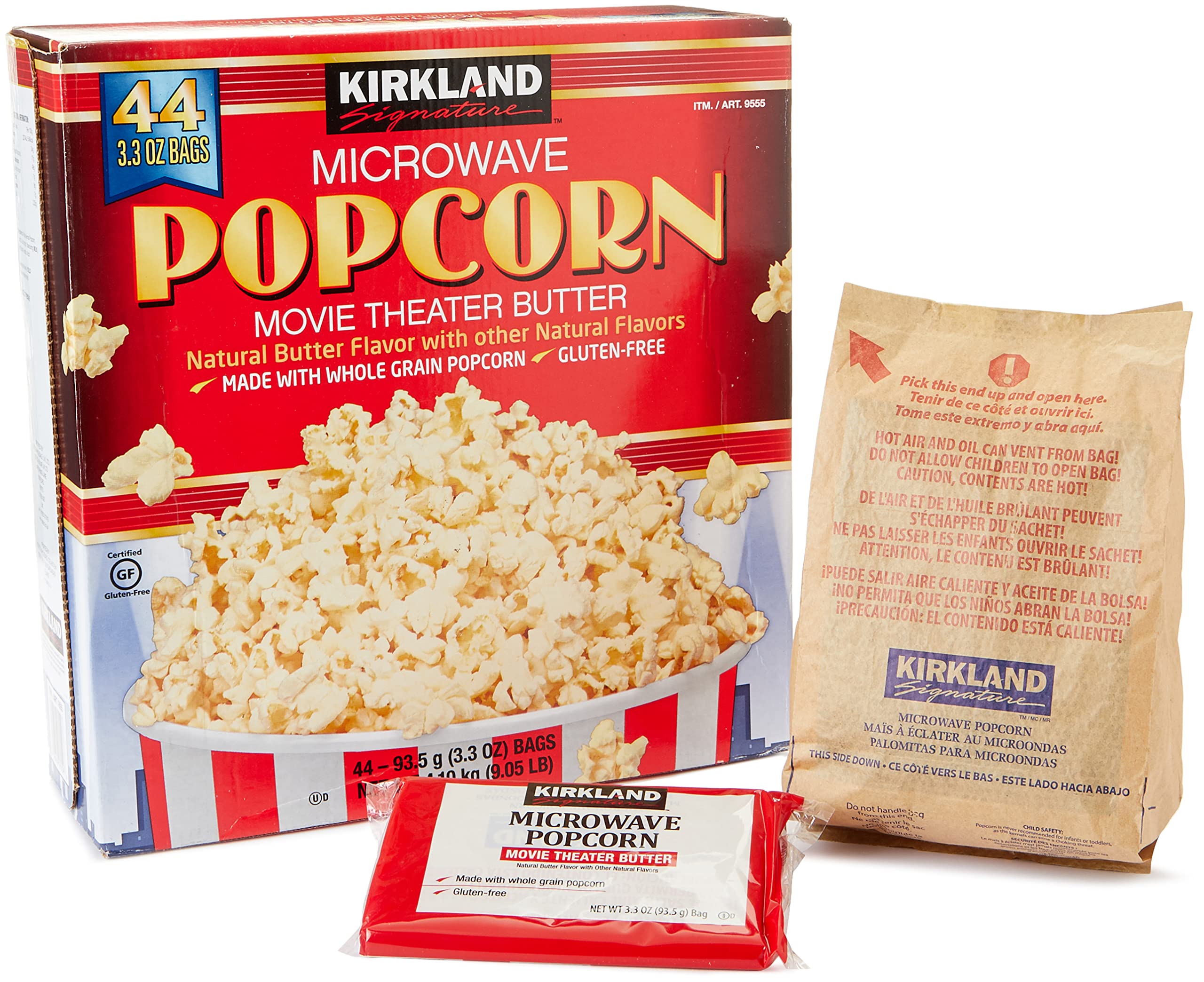
Conclusion: Consider the Health Risks and Explore Alternatives
While microwave popcorn may seem like a convenient and tasty snack, it is important to be aware of the potential health risks associated with its consumption. From additives and flavorings to chemicals in packaging, there are various factors that may pose concerns. To minimize these risks, explore healthier alternatives such as air-popped popcorn or stovetop popping using organic and natural ingredients. By making informed choices and taking steps to reduce exposure to potential hazards, you can enjoy popcorn as a satisfying and safe snack option.

